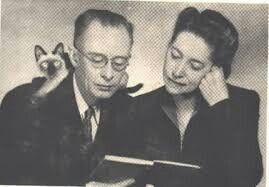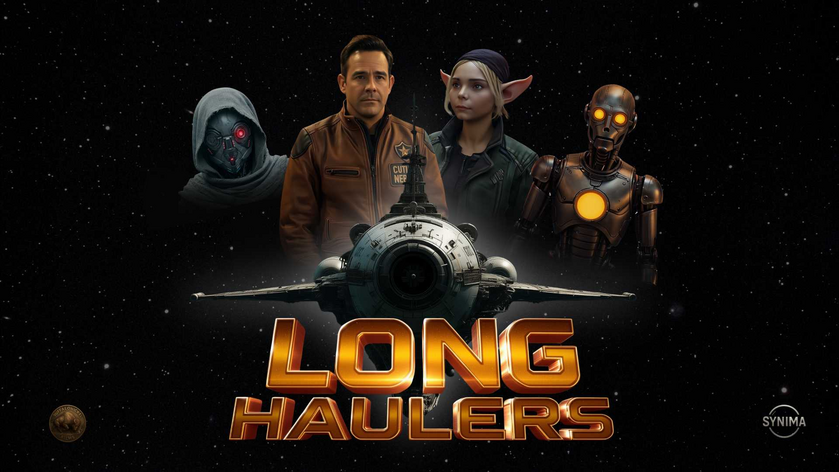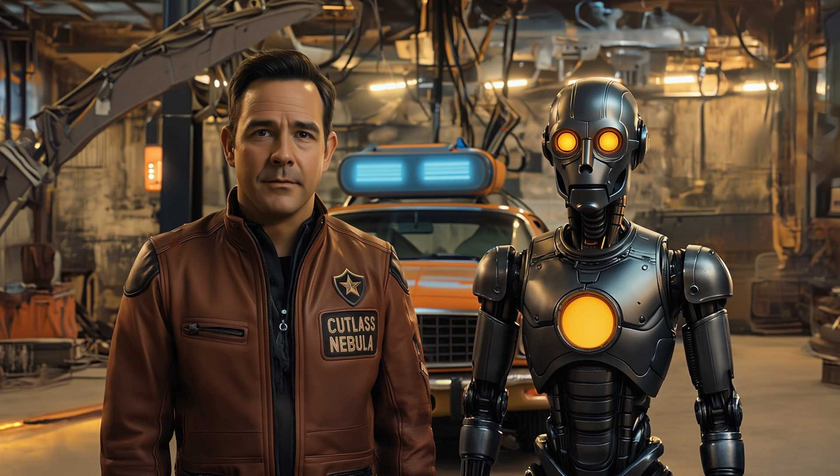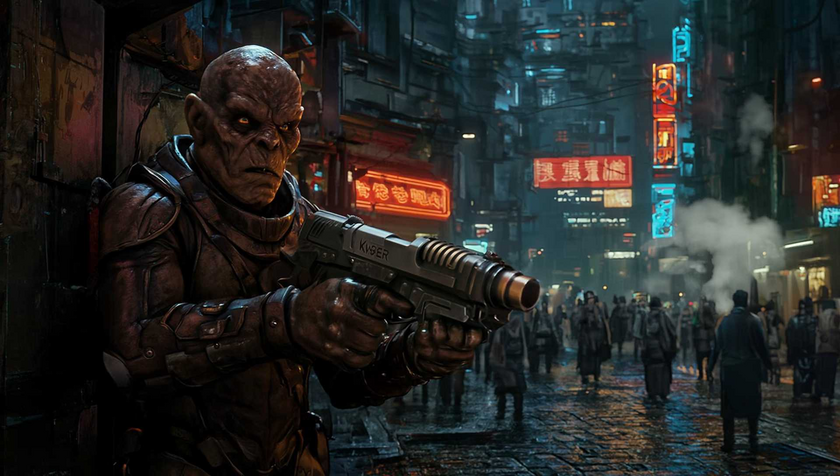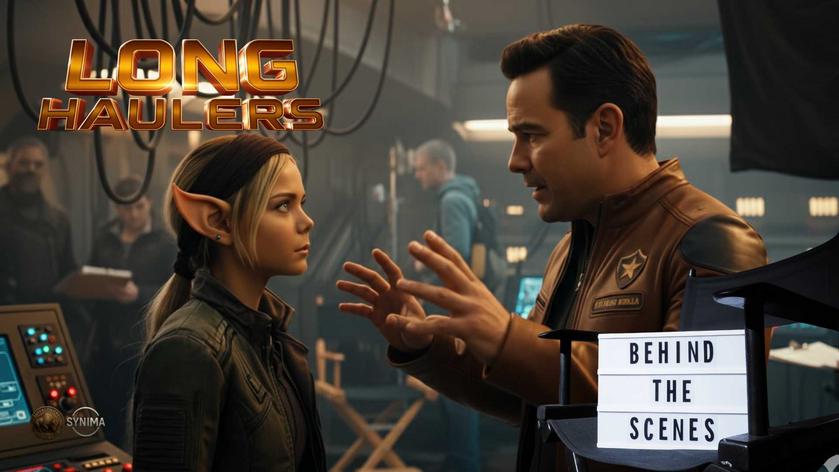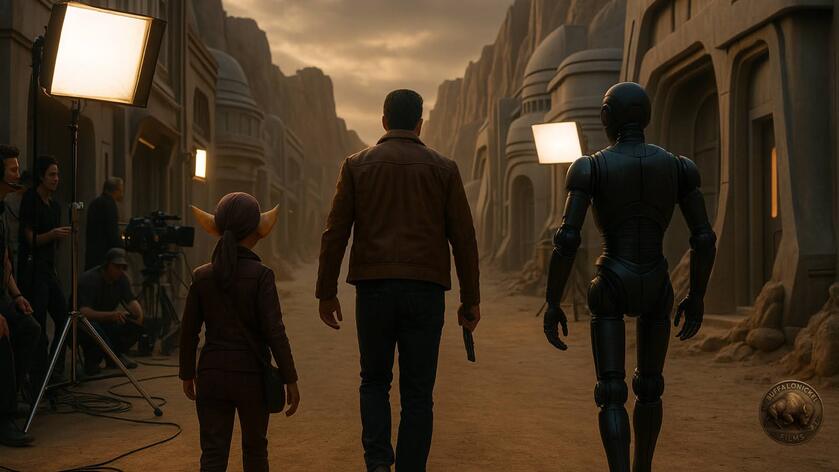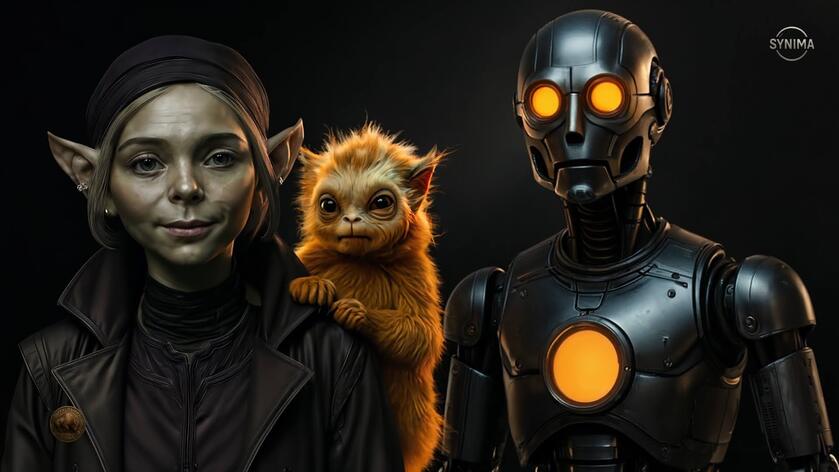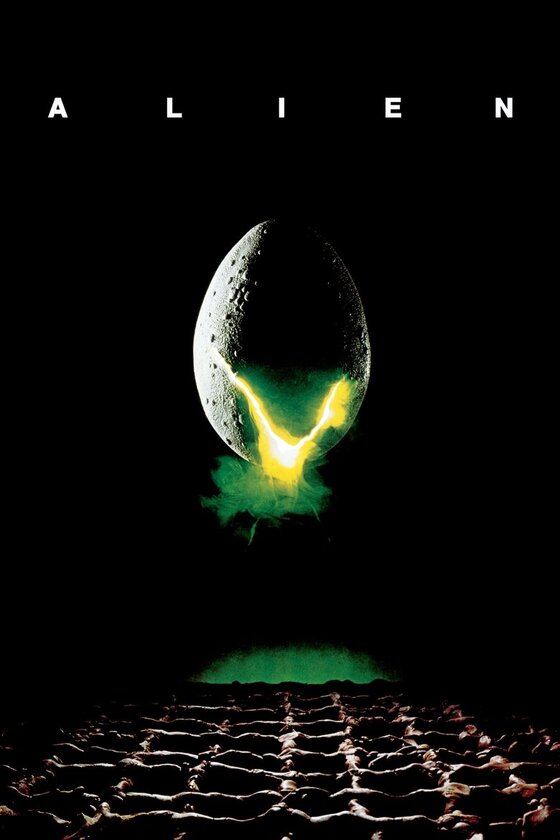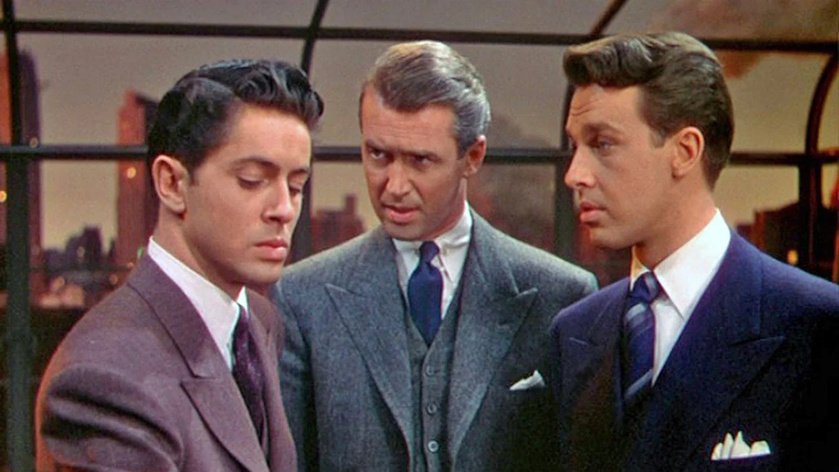A couple years ago I was having dinner with a friend who loves vintage mystery novels as much as I do. Her brother once found a box of Perry Mason novels in an antique store and sent her a text asking if she wanted one. “Yes,” she replied. “One box. Buy them all.” I’ve never been so lucky (Perry Mason mysteries are impossible to find in the wild), but I thought was well versed in the writers from the Golden Age of detective fiction and afterward.
I was wrong.
My friend asked me over shawarma and hummus if I was familiar with Mr. and Mrs. North, saying that their stories are similar to my beloved Thin Man movies. I was not. Apparently mystery writer Richard Lockridge’s wife Francis had an idea for a novel, but the characters wouldn’t come to her. Together they worked it out and proceeded to write 25 more. Francis had the ideas and Richard wrote the books. The Norths proved so popular that they got their own stage play, radio show, and TV series.
The latter two ran concurrently, with the same stars, one on CBS and one on NBC.
A few months later I was at a used book sale and happened upon three Lockridge mysteries. This name, that I’d only heard recently, jumped out at me and the books jumped into my collection. Unfortunately, they were from different series and I have yet to read anything featuring the Norths, but I’ll get to them eventually.
The ebooks go on sale frequently.
Now that I’ve nearly finished the three books I did find, I’m looking forward to reading more. While most detective stories of that time have an unspoken rule that we only follow the detective (eg: the Nero Wolfe stories are written in first person), Lockridge lets his perspective wander. Today creative writing students are told to always write from a limited perspective. We only know what one character is thinking or feeling at a time, at least within a given chapter.
Lockridge throws both “rules” out the window.
Not only does he take an omniscient voice, allowing us into the heads of anyone he wants whenever he wants, he also tells the stories of the people close to the crime. The detective doesn’t show up until later. At first this was disorienting, but once I realized what was going on it felt very familiar and contemporary. TV crime procedurals didn’t see the dramatic potential until many years later. Doing this makes for stories that are more than just puzzles, like using a night of playing Clue as the framework for a novel. There’s a whole world here, populated by real characters.
Lockridge’s writing style also breaks rules.
The surprise of coming so close on to them, the shock of concentration in avoiding them, had driven the picture of them under the surface. Well then, she would bring it up. The car had been so - she could see the car. The men -
There are incomplete sentences and weird ticks in the punctuation. At first this was distracting, but there’s a pattern and flow to his voice that mimics how people actually talk and think, without being so realistic as to be incomprehensible. I don’t know that I could ever replicate it, but I appreciate how it keeps me, someone with the attention span of a gnat (thanks to all the screens in my life), invested. The reader of a Lockridge novel has to be involved, filling in the gaps, finishing the thoughts, discerning the meaning and tone based on context clues. It’s a clever distraction, and though you still may figure out whodunnit before the detective, you’ll work for it.
And enjoy the process.
The last thing I must mention is that the Lockridges clearly loved cats, and it seems at least one always lovingly appears at least in cameo.
As mentioned, I’ve only read three of these so far and you’re unlikely to find any in your local used bookstore. But I do recommend reading some of Lockridge’s work, as it’s unlike anything I’ve encountered so far. Best to peruse online and pick out something that sounds interesting. It’s also worth noting that Lockridge played in his own universe and characters from other series crossover at will. So the more we read, and reread, the more we’ll be rewarded.
Very clever, Mr. Lockridge. Very clever indeed.
